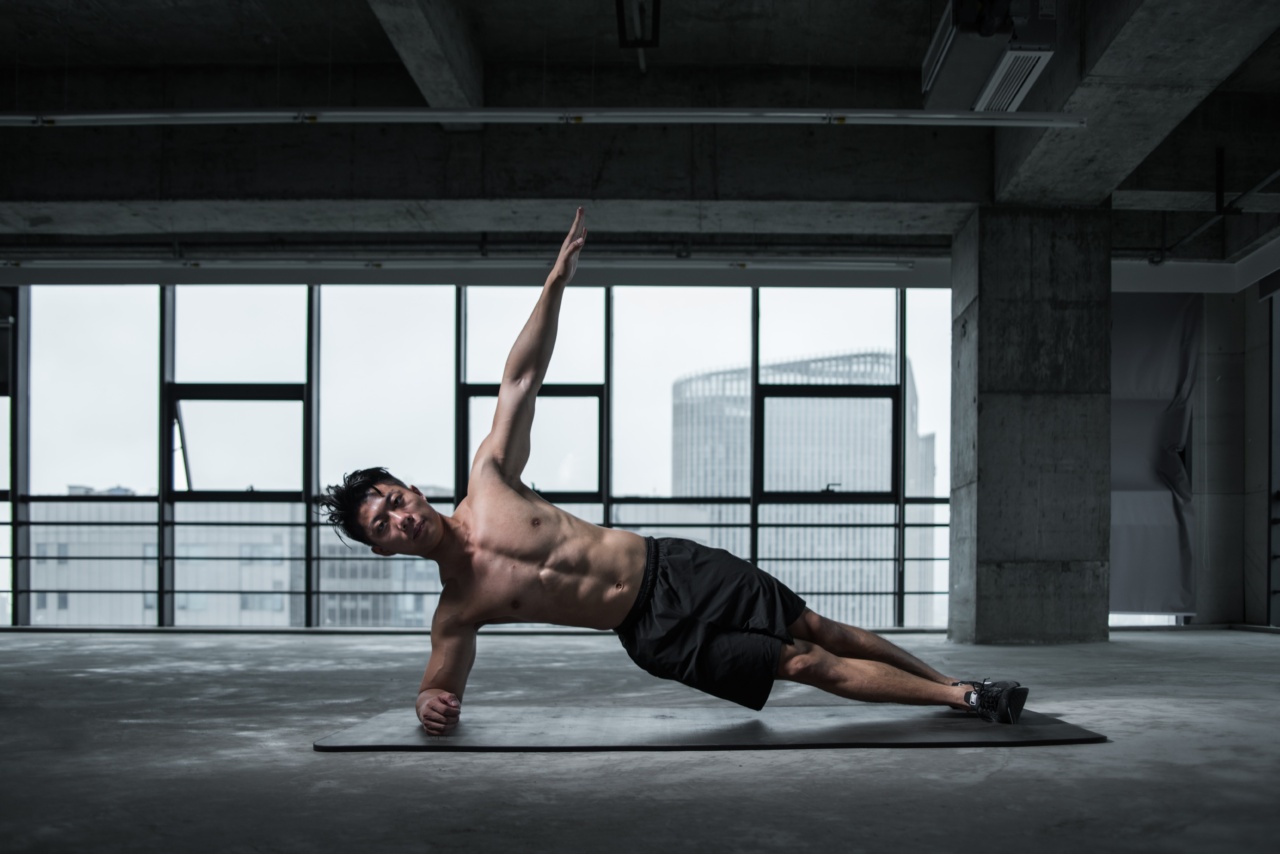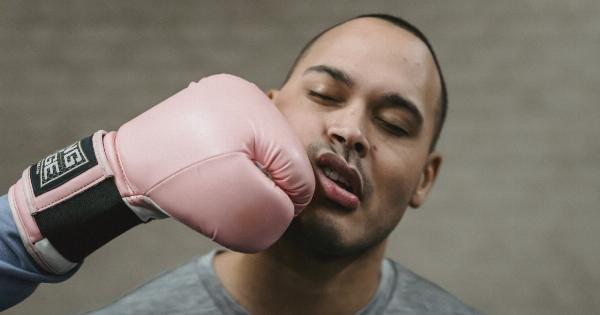As we age, our bones gradually become weaker and more prone to fractures. This is because bone density decreases over time, and our bodies become less efficient at absorbing the calcium and other minerals needed to maintain healthy bones.
However, there is good news! Exercise can help to build and maintain strong bones, helping to reduce the risk of osteoporosis and other bone-related health problems.
Why Exercise is Important for Bone Health
Exercise is important for bone health in a number of ways. Firstly, weight-bearing exercises such as running, jumping and weightlifting help to stimulate the bones, promoting the growth of new bone tissue.
This can help to increase bone density and reduce the risk of fractures.
Resistance training is also important for bone health, as it helps to build and maintain muscle mass.
This is particularly important for older adults, as sarcopenia (age-related muscle loss) can contribute to poor balance and falls, which can in turn lead to fractures.
Finally, exercise helps to improve overall health and wellbeing, reducing the risk of chronic diseases such as obesity, type 2 diabetes, and heart disease.
This can help to reduce the risk of bone-related health problems, as well as improve overall quality of life.
The Best Exercises for Building Strong Bones
So, what types of exercise are best for building strong bones? Here are some of the best options:.
1. Weight-bearing exercises
Weight-bearing exercises are exercises that require your body to work against gravity. Examples include running, jumping, dancing, and hiking.
These types of exercises are particularly effective at stimulating bone growth, as they put weight and pressure on the bones, causing them to strengthen and become denser.
2. Resistance training
Resistance training involves using weights, resistance bands, or body weight exercises to build and maintain muscle mass.
This is particularly important for older adults, as sarcopenia (age-related muscle loss) can contribute to poor balance and falls, which can in turn lead to fractures.
3. Yoga and Pilates
Yoga and Pilates are both great options for building strong bones. These types of exercises promote flexibility, balance, and core strength, all of which are important for reducing the risk of falls and fractures.
4. Tai Chi
Tai Chi is a gentle, low-impact exercise that is especially beneficial for older adults. It involves slow, flowing movements that promote balance, flexibility, and coordination.
Studies have shown that Tai Chi can help to improve bone density and reduce the risk of falls and fractures.
Tips for Getting the Most Out of Your Exercise Routine
If you want to build strong bones with exercise, there are a few tips to keep in mind:.
1. Get enough calcium and vitamin D
Calcium and vitamin D are both essential for bone health. Calcium helps to build and maintain strong bones, while vitamin D helps to improve calcium absorption.
Good food sources of calcium include dairy products, leafy green vegetables, and fortified foods such as cereal. Vitamin D can be obtained through exposure to sunlight or through supplements.
2. Start slowly
If you are new to exercise, it is important to start slowly and gradually increase the intensity and duration of your workouts. This can help to prevent injury and allow your body to adapt to the new demands being placed upon it.
3. Choose activities that you enjoy
Exercise should be enjoyable! Choose activities that you enjoy and that fit into your lifestyle. This will make it easier to stick to a regular exercise routine over the long term.
4. Mix it up
Don’t be afraid to mix up your exercise routine. Try new activities or alternate between different types of exercise to keep things interesting and avoid boredom.
Conclusion
Exercise is an essential component of bone health, helping to build and maintain strong bones and reduce the risk of osteoporosis and other bone-related health problems.
By incorporating weight-bearing exercises, resistance training, and other types of exercise into your routine, and following these tips for getting the most out of your exercise, you can help to keep your bones healthy and strong for years to come.































